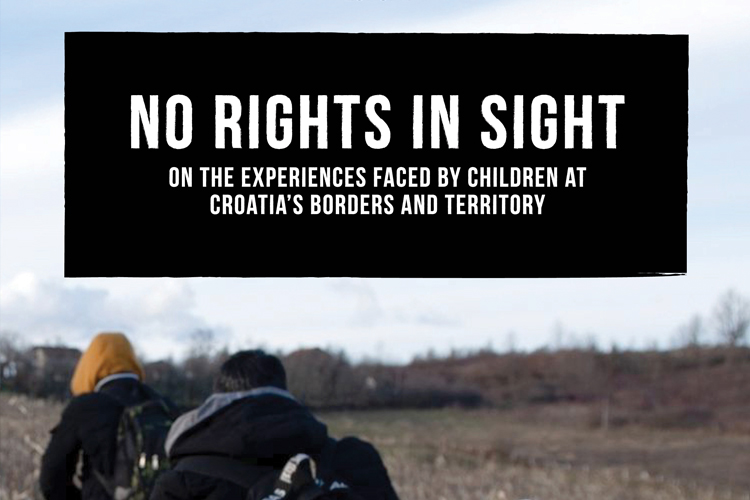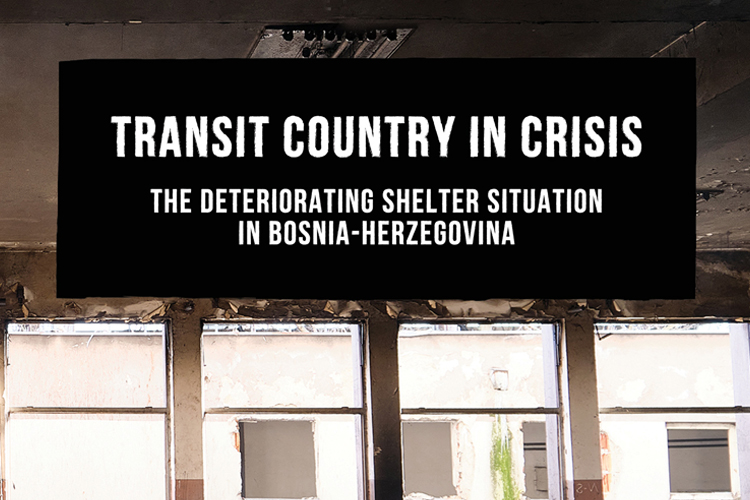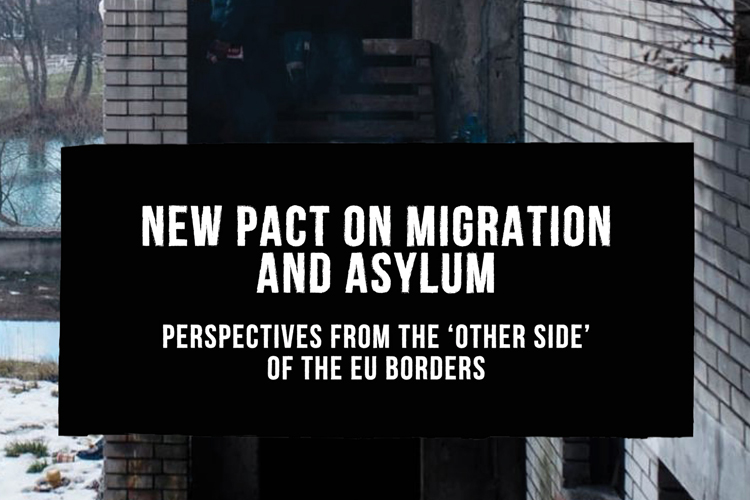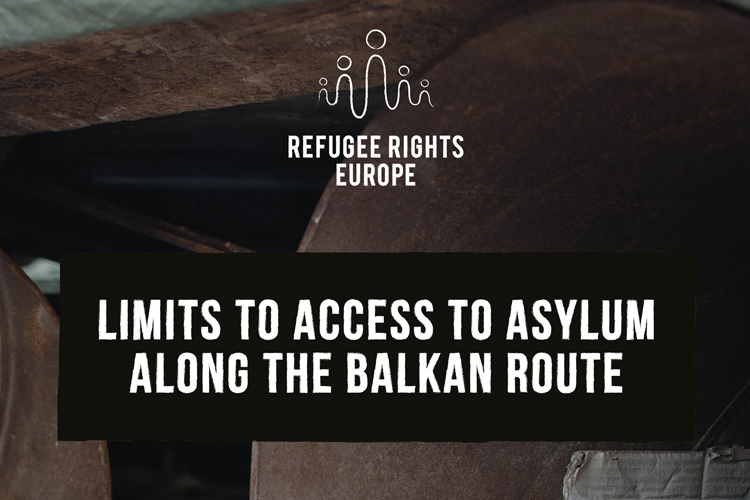
In this report, we highlight serious violations of the rights of the child, suffered by children on the move on Croatian territory and at its borders with Bosnia and Herzegovina (BiH) and Serbia. These include the violation of the principle of non-refoulement and fundamental rights; denial of the right to asylum, the right to due process and legal recourse, the right to life and the right not to be subjected to torture or inhuman or degrading treatment or punishment.
The report serves as an overview of these violations since they started to become frequently reported in 2017 and is based on a review of published evidence by European bodies, CSOs and media outlets.

Summary: Since Bosnia became a key transit country in 2018 on the Balkan Route, it has become the locus of a systematically mismanaged humanitarian crisis that recently culminated in the closure of several camps and an escalation of people sleeping rough in the country. The report analyses the current shelter situation in Bosnia-Herzegovina in relation to key actors and the institutional and policy context which underpin the ongoing challenges in providing adequate shelter and reception conditions in the country. The report furthermore disaggregates the analysis into main geographical and topical areas of concern, including shelter provision for vulnerable groups and the detrimental effects on the access to asylum.

Summary: At the end of September 2020, and after camp Moria on Lesvos burned down leaving over 13,000 people in an even more precarious situation than they were before, the European Commission (EC) introduced a proposal for the New Pact on Migration and Asylum. So far, the proposal has not been met with enthusiasm by neither member states or human rights organisations. Based on first-hand field research interviews with civil society and other experts in the Balkan region, this report provides a unique perspective of the New Pact on Migration and Asylum from ‘the other side’ of the EU’s borders.

Summary: The formal closure of the ‘Balkan route’ in 2016 was part of a strategy to hinder the movement of refugees and displaced people through the Balkans and into Western Europe. Despite this, since 2018, more than 65,000 people entered the region, using alternative and often more dangerous routes, only to frequently be met with negligence, violations of their rights, pushbacks and beatings. The aim of this report is to provide an overview of the situation pertaining to access to asylum in Bosnia and Herzegovina (BiH), Kosovo, Montenegro, North Macedonia, and Serbia. In doing so, it places particularly strong emphasis on BiH and Serbia, the two countries in the area with the highest number of displaced people present in-country.
